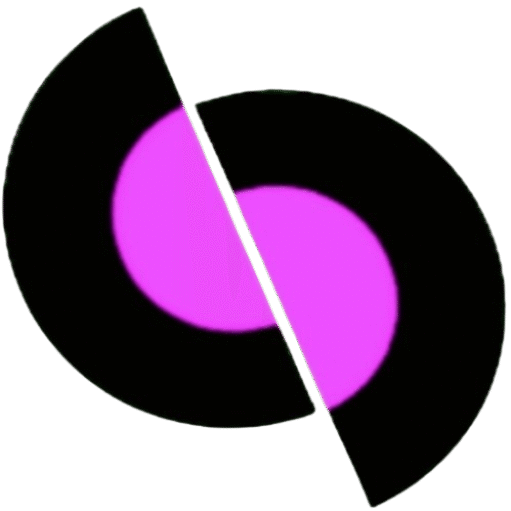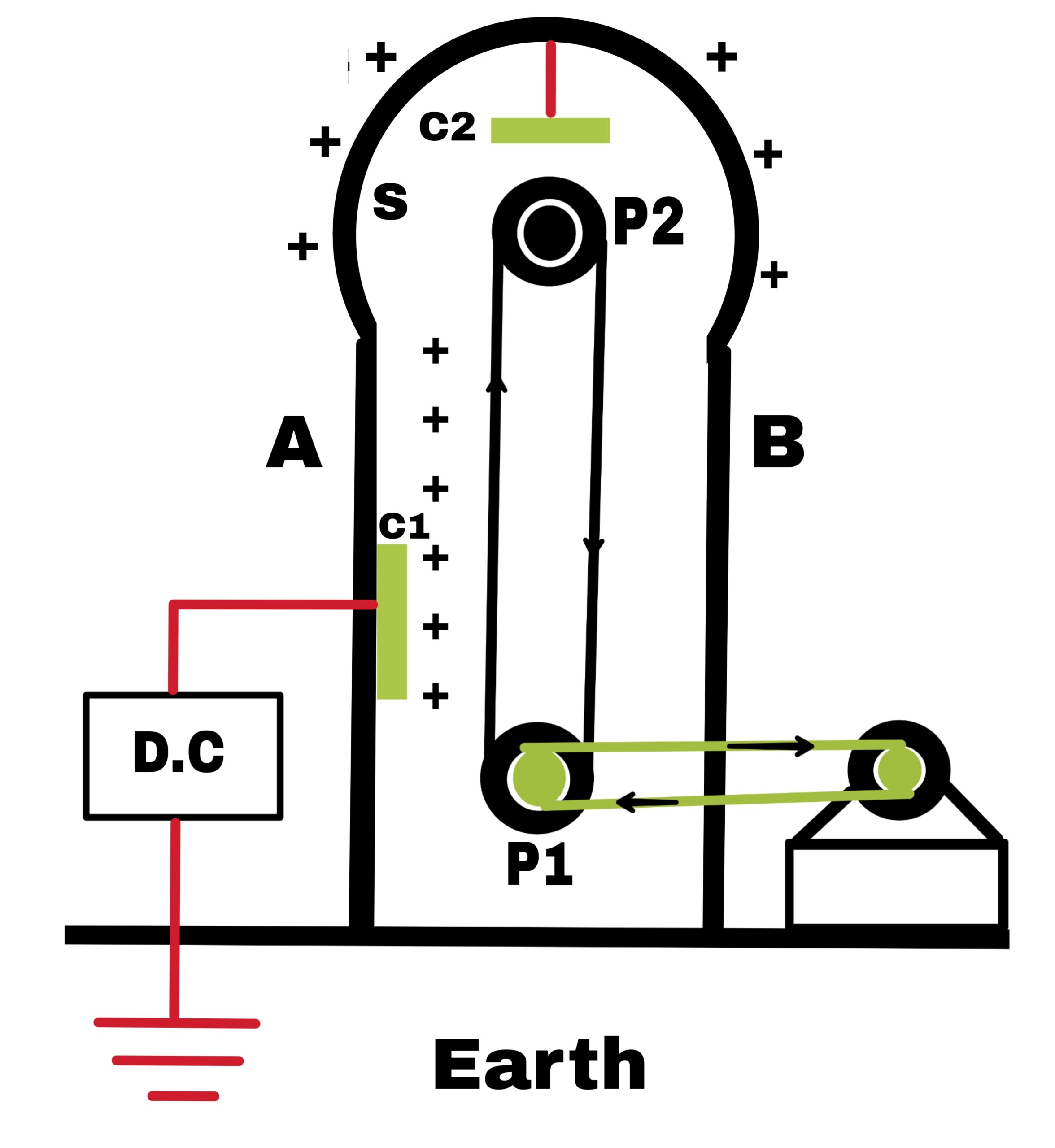Principle
With the help of Van De Graaff generator, very high voltage of the order of 10⁶ volt can be generated.
Its principle is based on two electrostatic phenomena.
1. The electric discharge from a charged conductor into air takes place primarily from its pointed ends.
2. Charge of a hollow conductor is the present on its outer surface.
1. The electric discharge from a charged conductor into air takes place primarily from its pointed ends.
Suppose,
The radius of a sphere is r and it is given a charge of q, then the increase in potential of the spherical conductor due to charging is
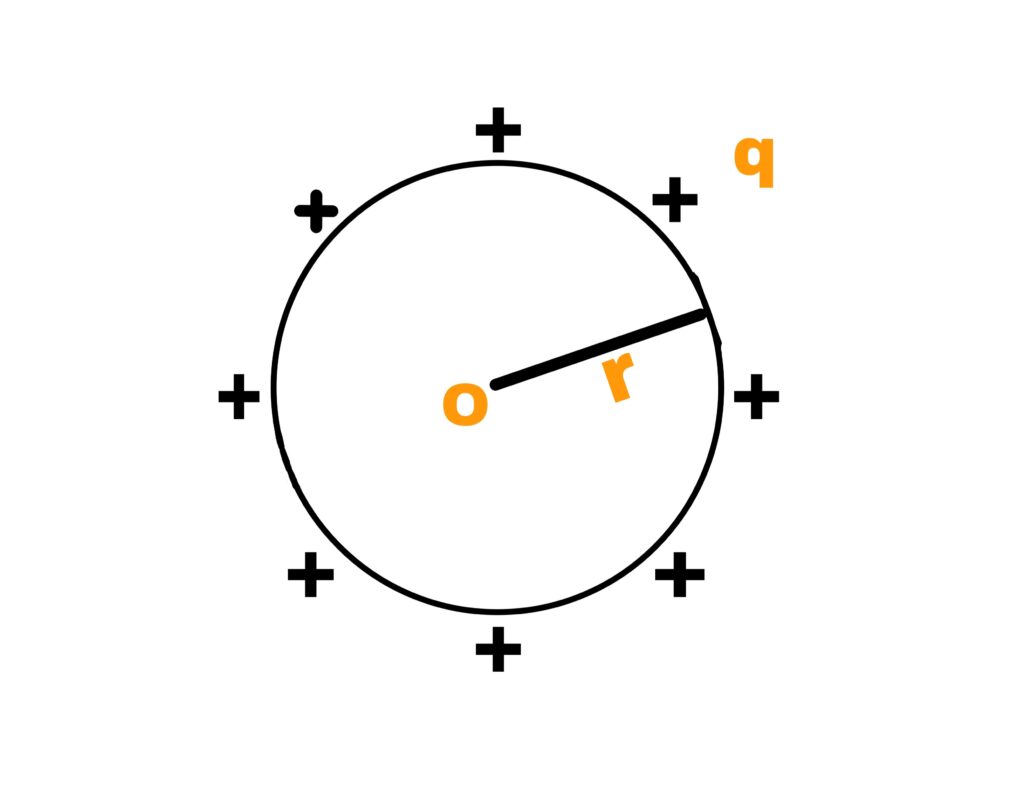
V= [1/4π∈₀][q/r]
q = 4π∈₀r.V
Surface charge density of the throat
𝛿= q/A
𝛿= [4π∈₀r.V]/A
𝛿= [4π∈₀r.V]/4πr²
𝛿= [∈₀.V]/r
𝛿∝1/r
When
r→0
𝛿→∞
Due to this high charge density, charge will dissipate. Due to which the air particles in contact with the pointed ends take charge.
And repel each other. Now new particles come in contact and move away by repelling, due to which a current is formed in front of the charged particles in front of the pointed ends.
2. Charge of a hollow conductor is the present on its outer surface
Suppose,
There is a spherical conductor A of radius r on which there is a charge of +q. It is surrounded by a spherical shell of radius R on which there is a charge of +Q.
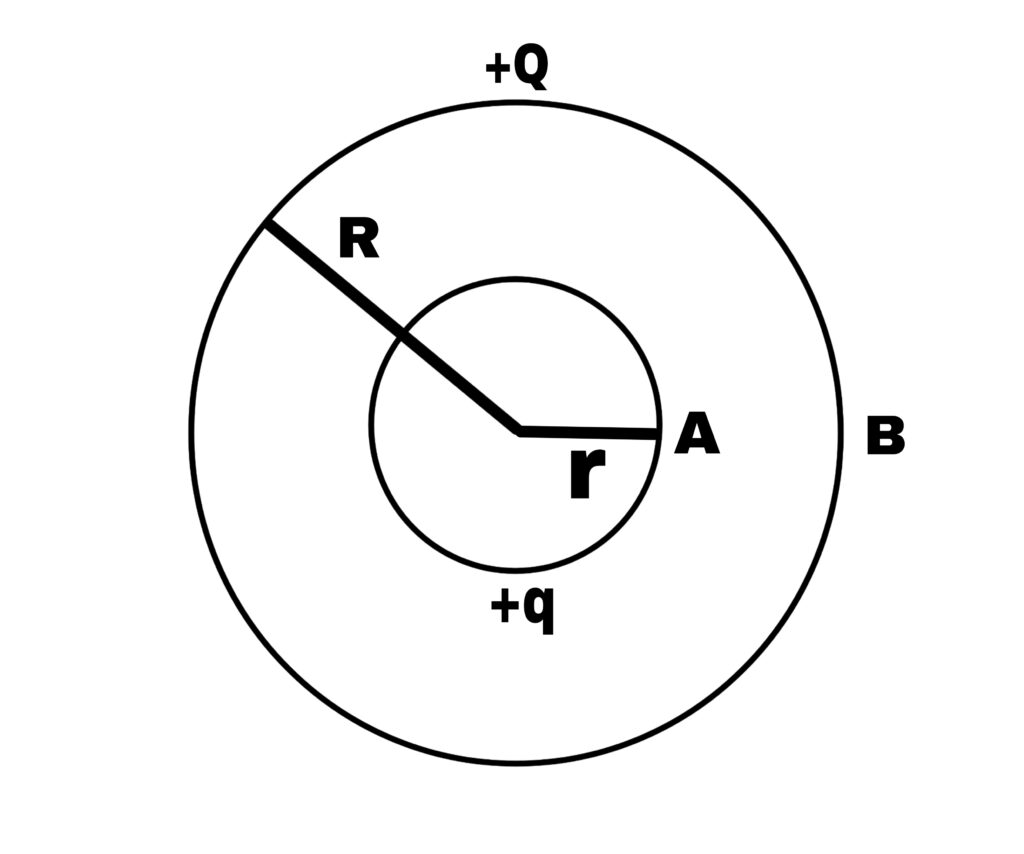
If the charge distributed on the surface of a sphere is considered concentrated at its centre, then the potential of sphere A due to this charge distribution is
VA = 1/[4π∈₀].[q/r]+1/[4π∈₀].[Q/R]
And the potential of sphere B is
VB = 1/[4π∈₀].[Q/R]+1/[4π∈₀].[q/R]
Or,
Potential difference between sphere A and shell B
VA-VB = q/4π∈₀[1/r – 1/R]
It is clear from the above equation that VA-VB does not depend on the charge of shell B whether it is positively charged, negatively charged or uncharged. And
VA-VB > 0
If q is positive
R > r
Thus,
If we connect the small and the big sphere with a wire, then the charge will immediately flow from the small sphere to the big sphere.
Construction
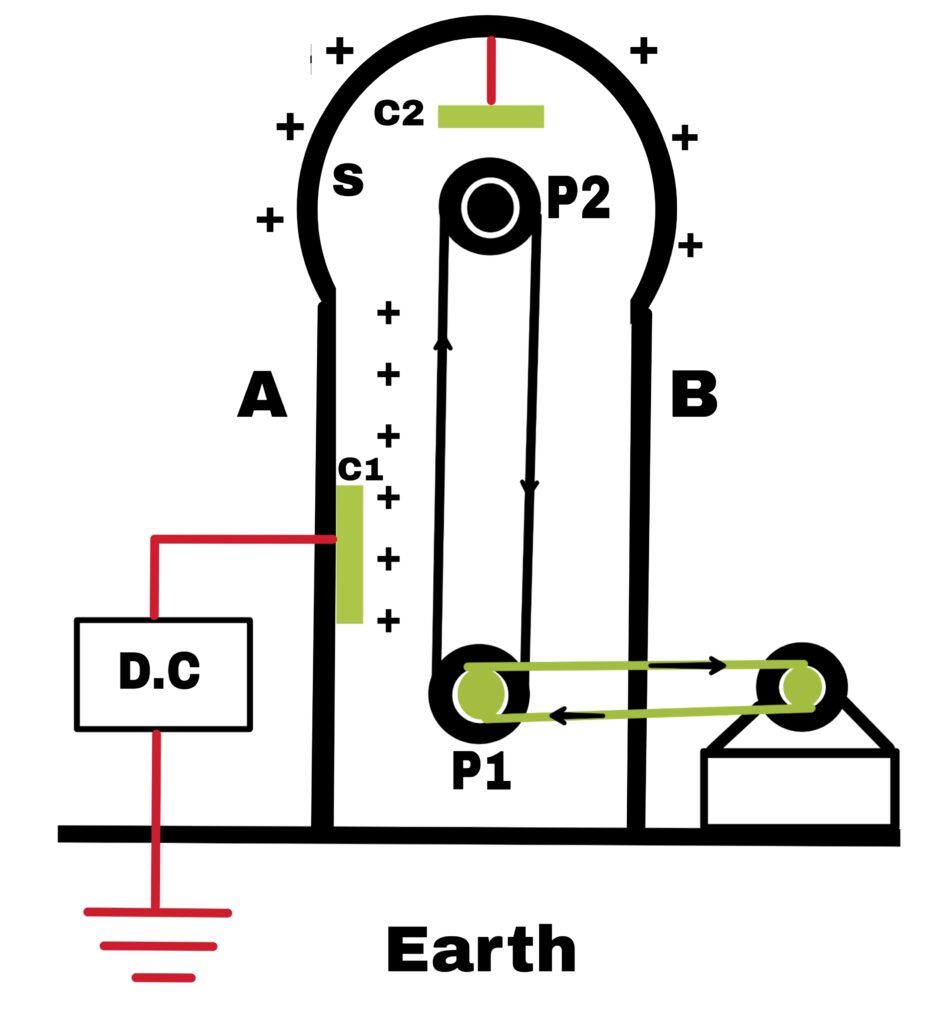
A large metallic sphere is fixed on two support pillars and it has a rubber or silk headless belt which can be run on two pulleys P1 and P2 with the help of an electric motor.
The lower comb C1 is connected to positive terminal of very high voltage source D.C and upper comb C2 is connected to inner surface of the hollow sphere S.
Working method
When very high voltage is applied to the comb C1, it generates ions as a result of the action of sharp points or in its place.
Due to repulsion b/w the cations and the comb C1, these cations move on the belt.
These ions are taken up by the moving belt. The sharp ends of C2 touch the belt exactly.
Due to which the comb C2 collects the positive charge of the belt.
Whereby the positive charge is soon transferred to outer surface of the sphere S. Thus the belt keeps rotating. Its surface continuously receives positive charge and its potential becomes very high. When the sphere S potential becomes very high and the dielectric strength of the nearby air breaks down and the charge is dissipated in the nearby air.
At maximum potential, the rate of dissipation of the charge becomes equal to the rate of the charge transferred to the sphere S.
